Lamborghini Urraco: The Great Grandfather of the Huracan—Part II
Images: Lamborghini Automobili/Archivio centrale dello Stato/Stile Bertone
So, when it came to the design of the body and market positioning of project 111 there was a rethink. The Carabo-like wedge-machine that Gandini had conceptualized was perceived as too aggressive and too ‘far out’. Thus, it was back to the drawing board for Gandini and his team at Bertone, made up those days by Eugenio Pagliano (who had joined Bertone in 1967, with Gandini making him responsible for the designs of the interiors), Arrigo Gallizio (in charge of the technical aspects) and Fausto Boscariol, who looked after detail drawings and illustrations.
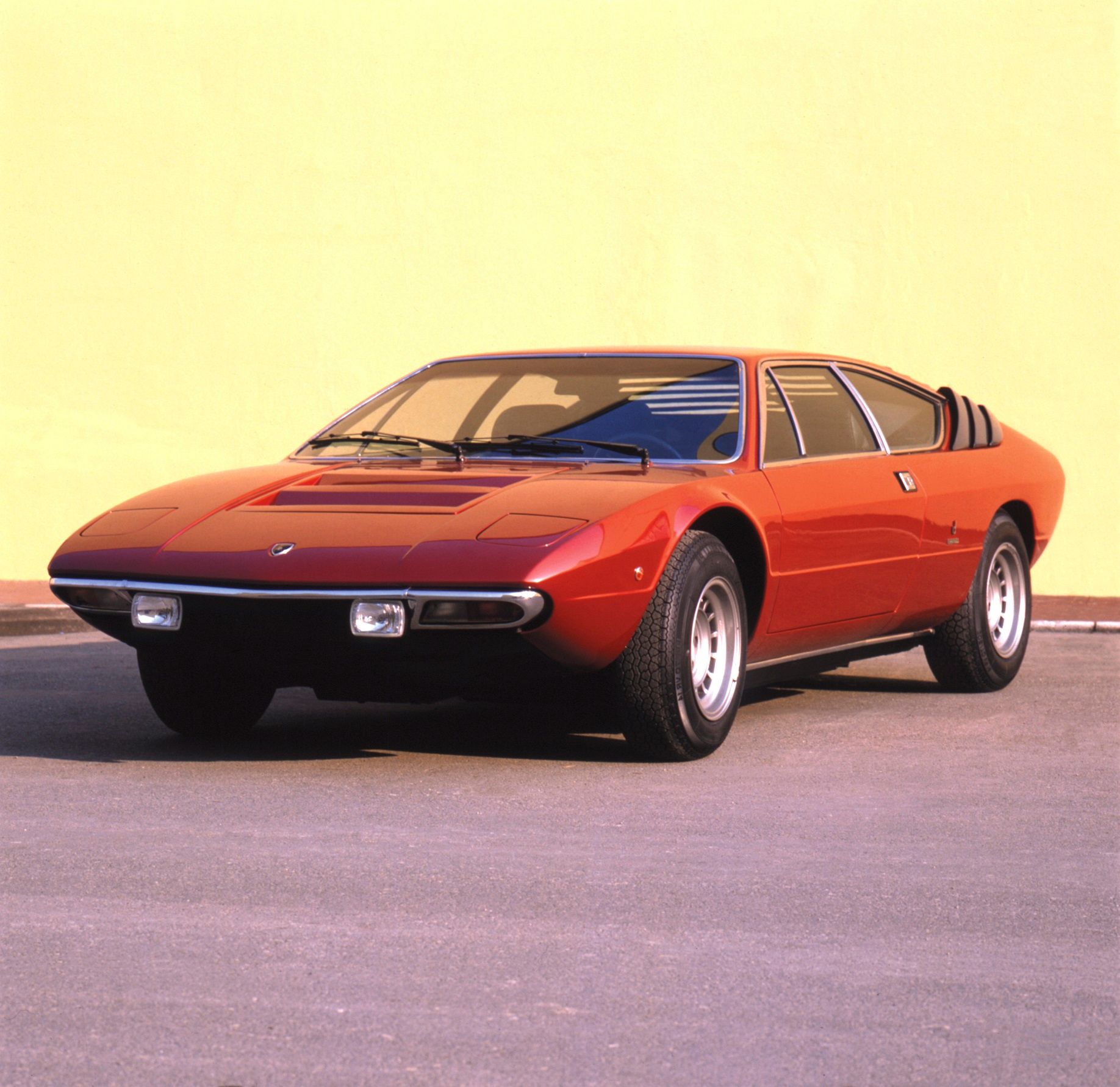
“We decided on 2.45 meters (96-inches) for the wheelbase of the car,” Gandini recalled, some 11cm (4.3-inches) more than the Dino 206’s, yet 5cm (2-inches) shorter than that of the Miura. And identical (coincidentally?) to the new two-seater midship VW-Porsche 914/6.
Gandini then came up with two more proposals, both of which were made into prototypes, and both these addressed the issue of rear seats. Of these, the second was a very handsome car, with an arresting design that ought to have made it into production, but Stanzani deemed it as a bit too aggressive. Stanzani & Co. at Lamborghini wanted yet another alternative.
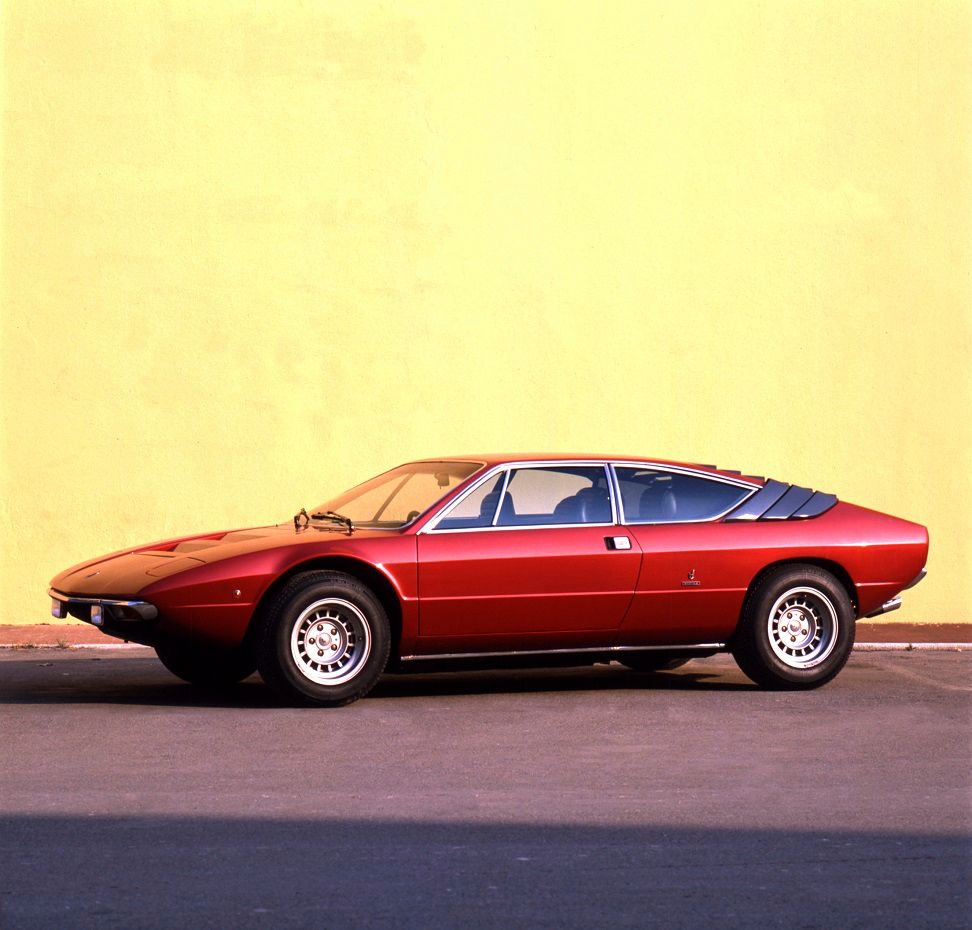
And Marcello Gandini came up with yet another proposal, the fifth (sixth?) chronologically. And this one caught the fancy of all and sundry. It was less wedgy than the preceding designs, subtler in many ways, yet much more modern than anything else on the road then, with perfect proportions and an almost delicate sense of balance. With a slim nose highlighted by a finely sculpted chrome bumper, the beltline curved up to meet the C-pillar like in many of Gandini’s designs, but beautifully complimented by three air-intake vents aft of the window line, melding into the flying buttress, within which were the slats for the engine cover a la Miura.
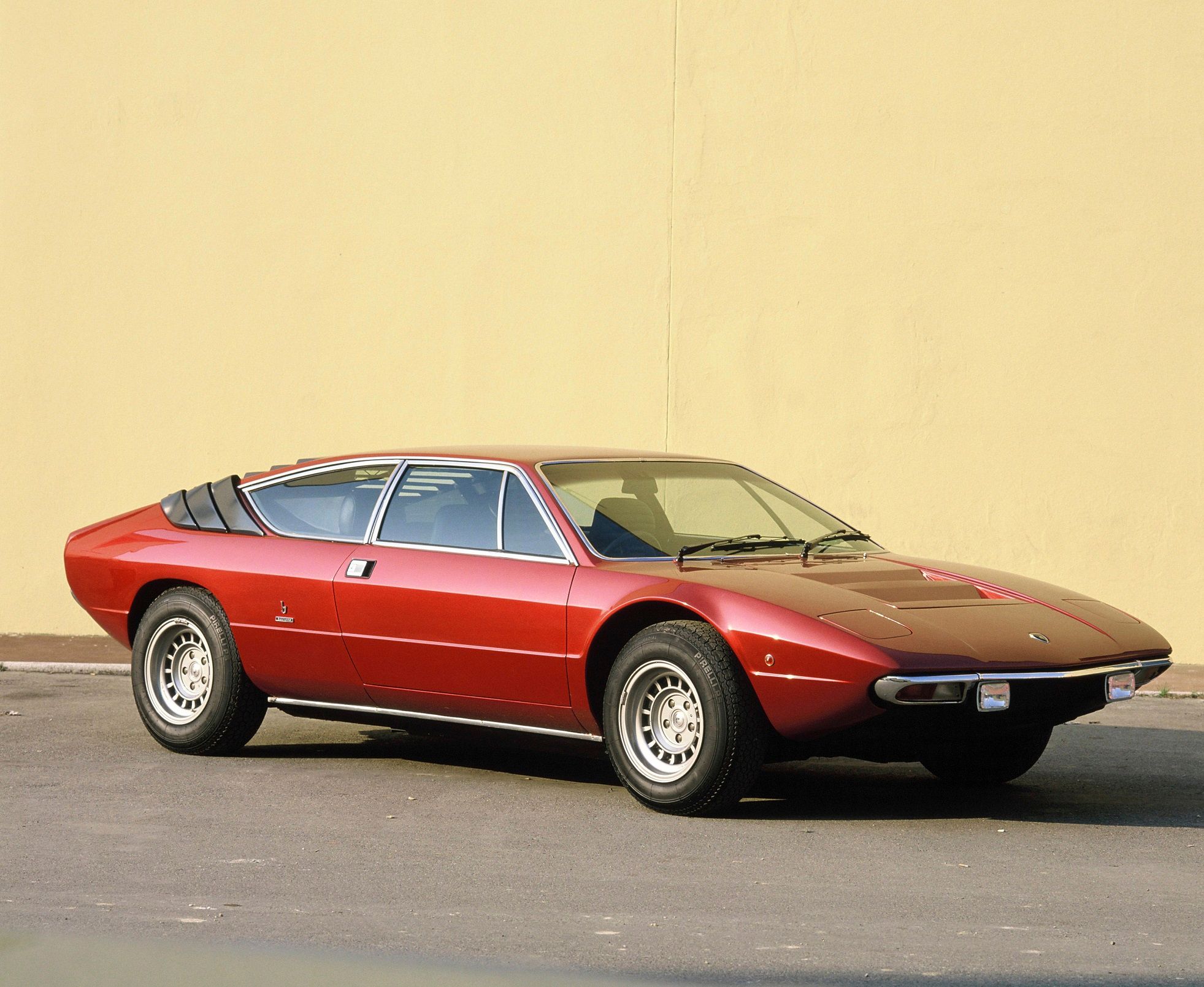
Despite the engine being amidships, the interior was spacious with a pair of small seats at the rear, with almost vertical backrests against the bulkhead separating the passenger cabin from the engine bay. On the prototype, Bertone’s Eugenio Pagliano chose to use a centralized instrument pod to facilitate the use of the same fascia for both right- and left-hand drive cars.
Into production it was changed to a rather controversial layout which had the minor instruments right in front of the driver, with the speedometer and tachometer flanked on either side of the steering wheel: an idea inspired by rally cars of the period, specifically the Ford GT70.
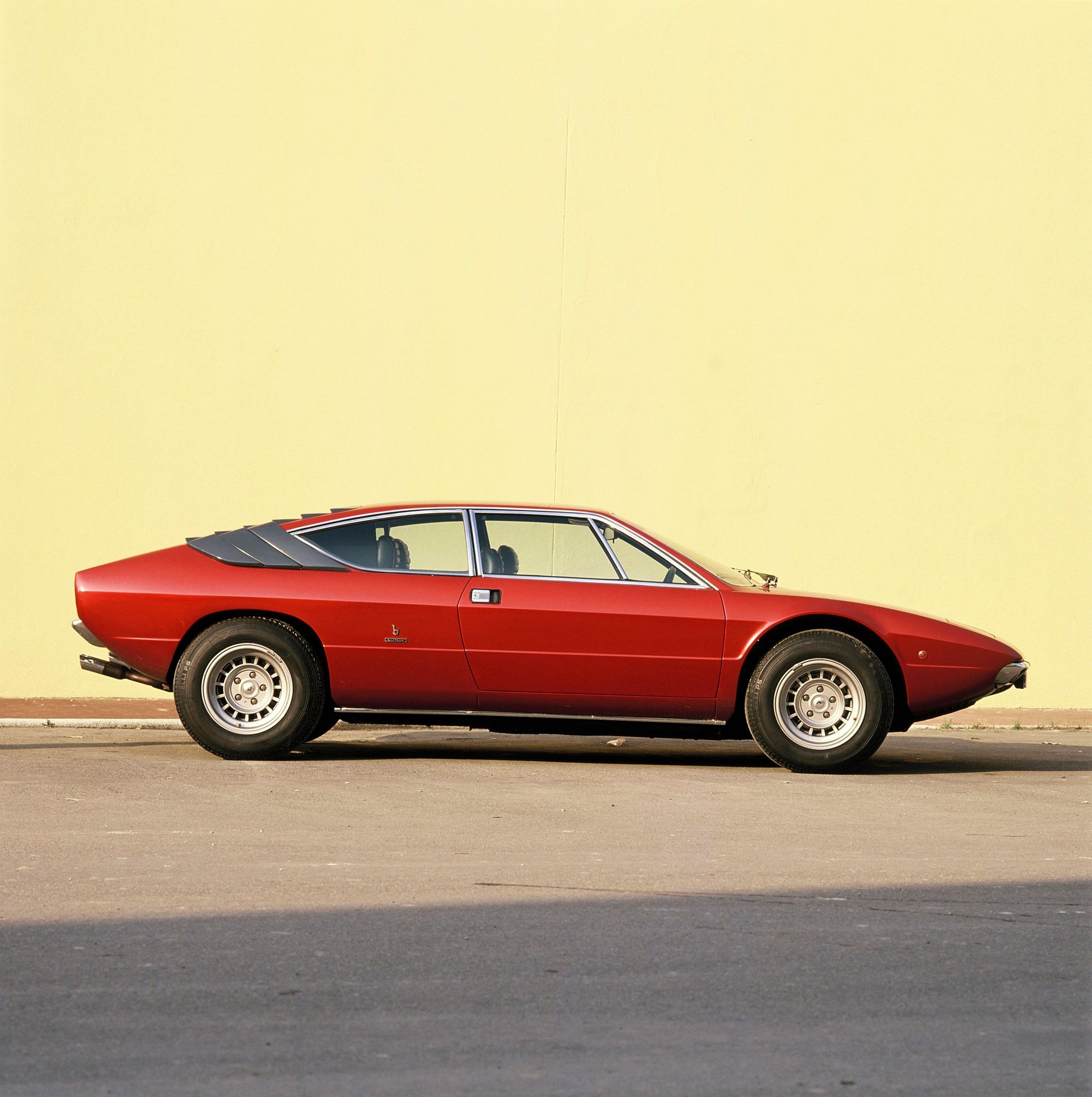
Despite an overall length of just 4.25 meters (barely 2cm longer than a Dino 206/246), Lambo’s baby could manage to sit two big-sized babies at the rear, or one adult sitting sideways. Low and wide (116cm and 176.5cm), the little car was a practical 2+2, a V8, with luggage space at the rear, yet very compact, sleek and beautiful. Christened Urraco (the black and white color of a fighting bull, as well as another term for a little bull) Lamborghini’s latest made its show debut at the 1970 edition of the Turin Motor Show, on October 28, with two cars on display, a bright orange one at the Lamborghini stand, and a silver one on the Bertone stand.
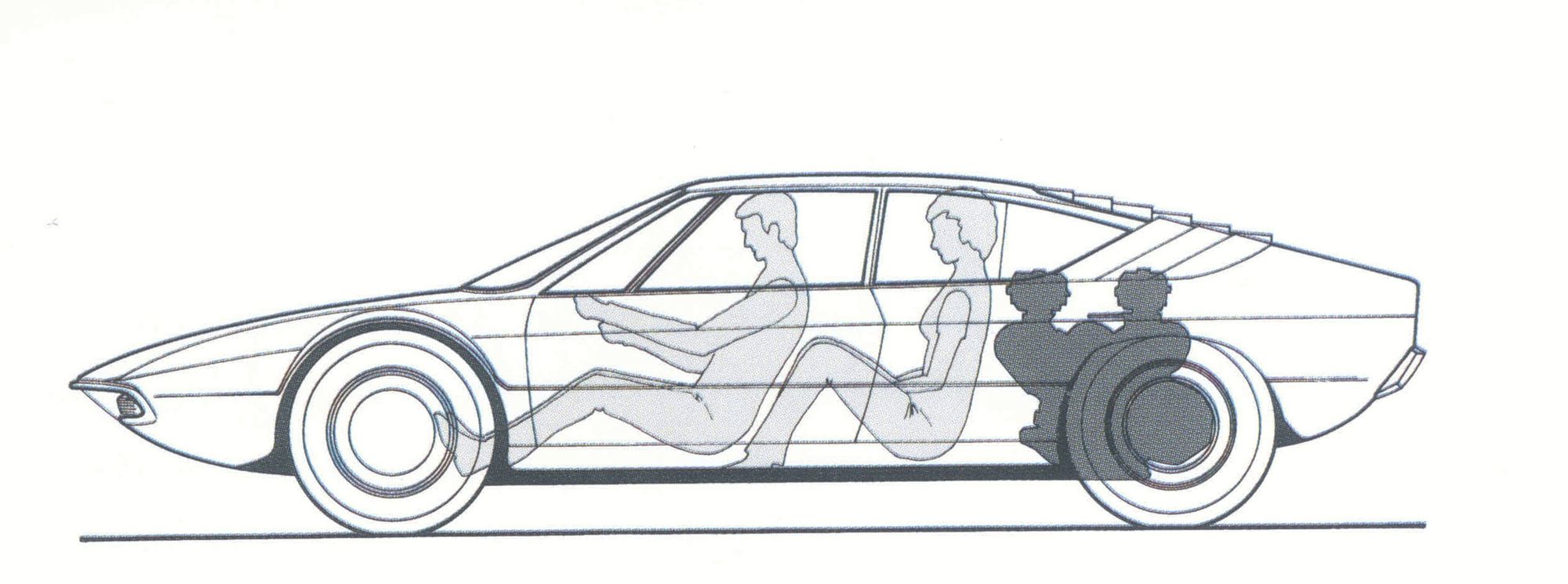
And, once again, a Lamborghini stole the headlines. Despite the excitement and the enthusiasm with which the Lamborghini Urraco was received, things didn’t go all that well with Sant’ Agata’s new baby.
Although it was unveiled in late 1970, the car was far from ready to be put into production. In the meantime, Ferruccio Lamborghini had major problems with his moneymaking tractor venture, with two very important export deals falling through. With limited resources, which had to be shared between the development of the Lamborghini Jarama and the Urraco, as well as the putative replacement of the Miura, the Urraco was the one that suffered the most, as it was all new, sharing virtually nothing with the other models in the range.

As the ownership and the very nature of Automobili Ferruccio Lamborghini was changing (with Ferruccio Lamborghini ceding control to Swiss investors), deliveries finally began in late 1972 with just 37 Urracos rolling out of the factory by the end of that year. And in the following year, Lamborghini managed to make only 285 Urracos instead of the thousand planned.
In the meantime, though, the market was rapidly changing too, and the Urraco soon had some very worthy competitors in the Maserati Merak and the Dino 308 GT4, the latter designed by Gandini too, as well as the Alfa Romeo Montreal (another Gandini design), the (Maserati-powered) Citroën SM, the more powerful 911 Carrrera RS from Porsche and the BMW 3.0CS, in the process outperformed by some of the newer cars.

On top of that, teething problems with the rather fragile rubber camshaft drive belts (amongst other issues) caused havoc with the engine of some of the cars delivered—and Lamborghini’s reputation.
Paolo Stanzani and his team managed to address the various shortcomings of the Urraco’s engine by redesigning the camshafts from belt to chain drive, doubling the number of camshafts, and upping the swept volume to 2996cc, for a max power of 250bhp at 7500rpm and max torque to 265Nm at 3500rpm. Maximum speed went up to 260 km/h and performance improved significantly with the rebadged P300 Urraco, a car that could proudly take on and claim to be better than most of its rivals.
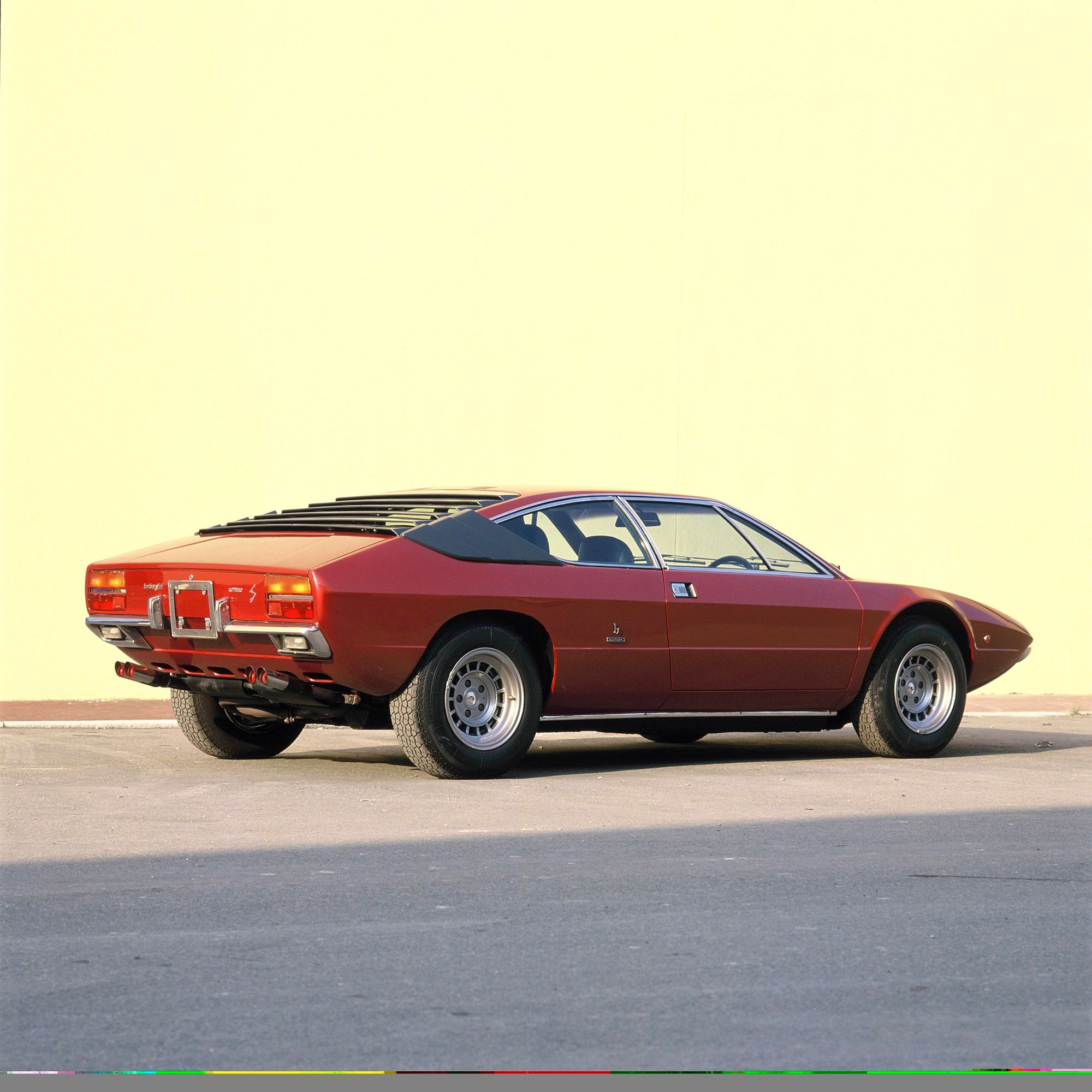
For the Italian market, which taxed cars above 2.0-liters heavily (a value added tax rate of 30 percent, as compared to just 13 percent for cars powered by engines less than 2000cc), Lamborghini introduced the P200 Urraco, a 1994cc engine version that developed just 182bhp for a top speed of 215 km/h. Both these new variants were unveiled on October 30 at the 1974 Turin Motor Show.
Yet, sales did not take off, with just 205 of the P300 produced until 1979 when the production of the Urraco finally came to an end. The P300 never even reached anywhere near the figure of 520 units of the P250 manufactured. The score was even poorer for the Italy-mainly P200, with just 66 of these finding buyers.
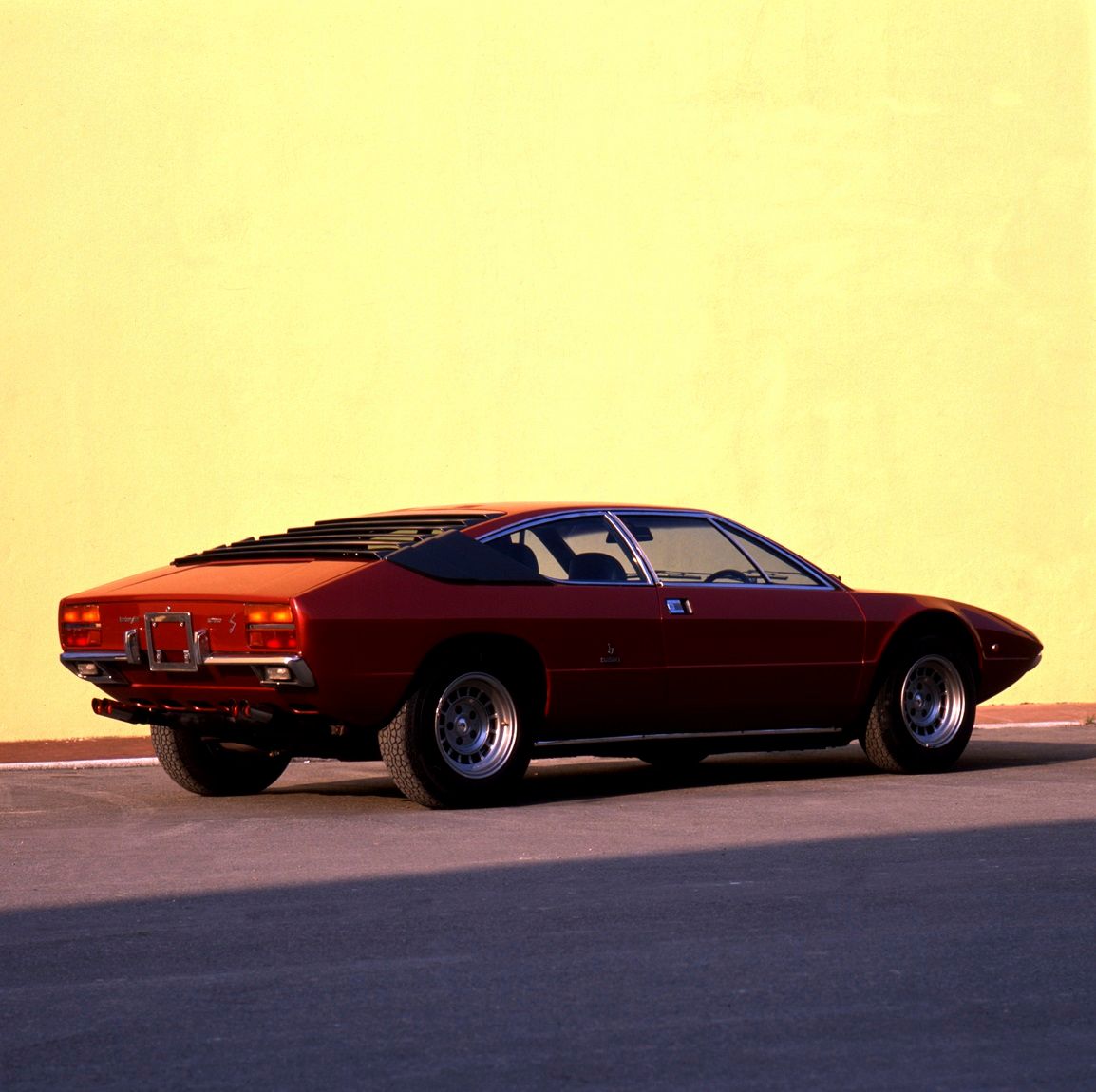
With sales tailing off by 1979, a grand total of 791 Urracos were made over a seven-year production run (including the 111 US, with the 2.5-liter developing barely 180bhp for the emission-strangulated American market), a real shame for a car that was expected to sell a thousand every year.
Comments
Sign in or become a deRivaz & Ives member to join the conversation.
Just enter your email below to get a log in link.
